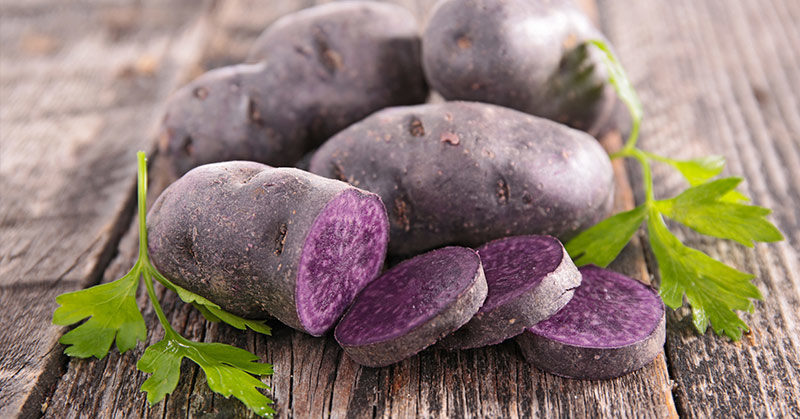Potatoes have not always had the best reputation in the nutrition world. For years, the white, starchy vegetable was considered too high in carbohydrates with little nutritional value. We know now, of course, that this is not true. As potatoes have re-climbed the health ranks, however, they have been eclipsed by their colorful cousin, the sweet potato. The orange root vegetable, however, is not the only brightly-colored potato out there.
The lesser-known purple sweet potato is also a nutritional powerhouse and offers a number of health benefits. It has an excellent nutrient profile, has been shown to help lower blood pressure, and is great for endurance athletes. Continue reading to learn the amazing benefits of purple potatoes.
4 Health Benefits of the Purple Potato
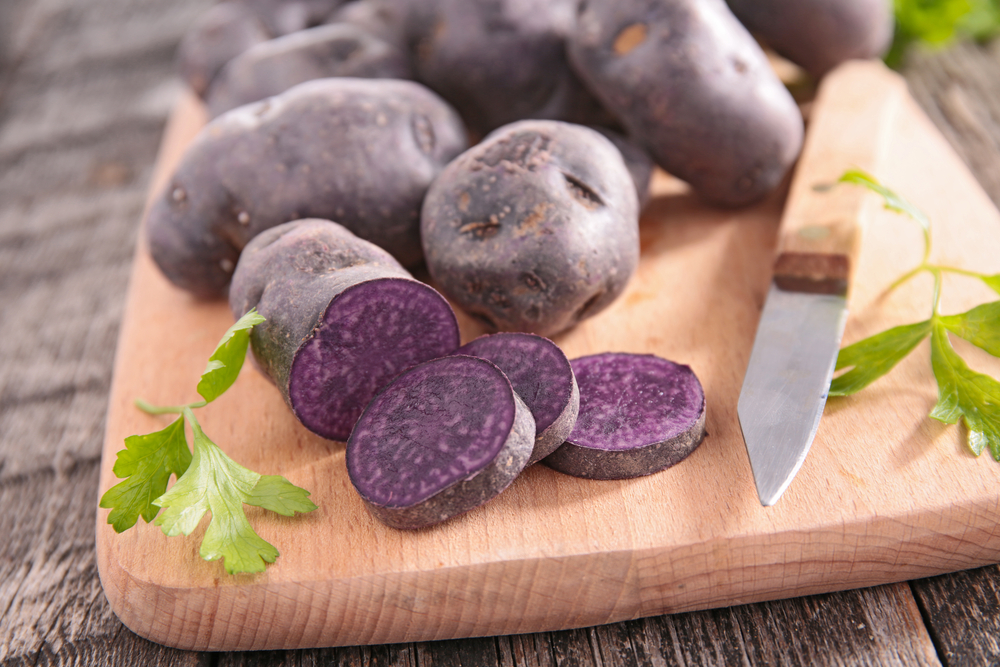
Purple potatoes are a good source of a variety of important nutrients. A 100g (3.5 oz) serving of the cooked potato with the skin provides the following:
- Calories: 87
- Protein: 2 grams
- Carbs: 20 grams
- Fiber: 3.3 grams
- Fat: less than 1 gram
- Manganese: 6% of the Daily Value (DV)
- Copper: 21% of the DV
- Iron: 2% of the DV
- Potassium: 8% of the DV
- Vitamin B6: 18% of the DV
- Vitamin C:14% of the DV [1]
Read More: Passionfruit Contains High Levels Antioxidants And 13 Known Carotenoids
1. May Lower Your Blood Pressure
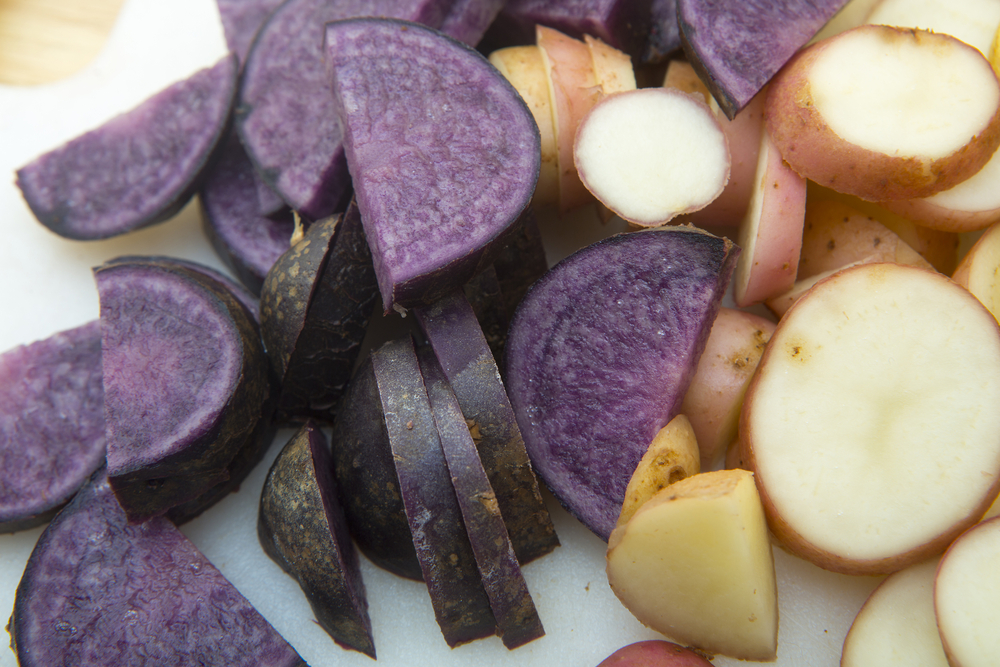
The potassium and antioxidant content in purple potatoes is likely responsible for their apparent blood pressure-lowering effects. A small 2012 study published in the Journal of Agriculture and Food Chemistry found that people who ate purple potatoes twice daily lowered their blood pressure by three to four percent. They did this without gaining weight, a side effect often associated with high carbohydrate consumption.
Joe Vinson, Ph.D., of the University of Scranton, in Pennsylvania, says that people often consider the potato to be a source of empty calories. “In reality, when prepared without frying and served without butter, margarine, or sour cream, one potato has only 110 calories and dozens of healthful phytochemicals and vitamins,” he explained [2].
The researchers in the study pointed out that the purple potato’s blood pressure-lowering effects were nearly the same as oatmeal. “The potato, more than perhaps any other vegetable has an undeserved bad reputation that has led many health-conscious people to ban them from their diet,” Vinson says [2].
2. May Help Prevent Blood Clots
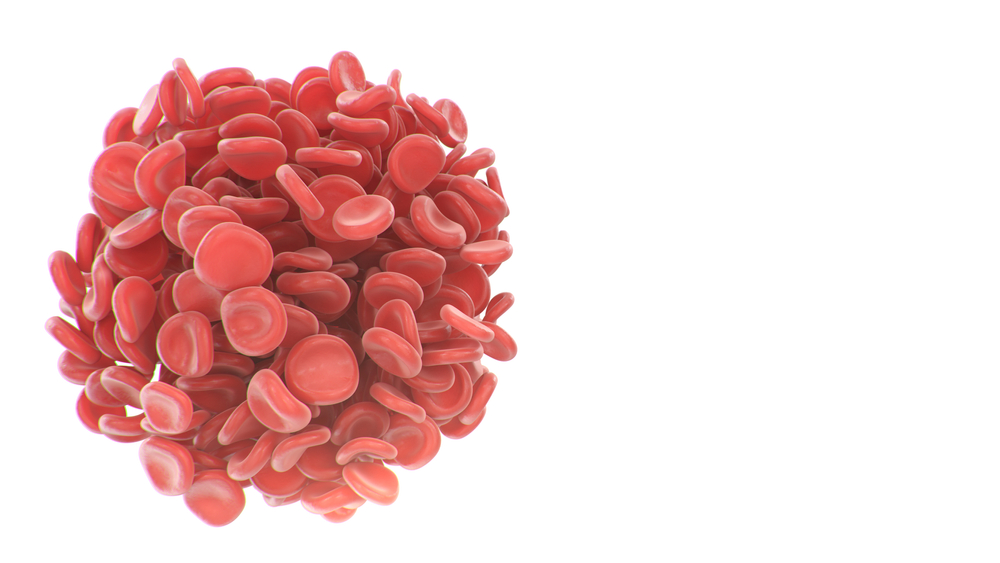
Purple potatoes contain chlorogenic acid. This chemical compound has been shown to break down blood clots and inhibit the activity of proteins and peptides that cause blood to clot in the first place. Chlorogenic acid has been shown to have this effect in mice, making it a potential treatment for blood thrombosis [3].
3. Contains Antioxidants and Phytonutrients

Purple potatoes contain a variety of antioxidants and phytonutrients. One of these elements is a class of polyphenol pigments called anthocyanins, which gives the potato its vibrant color. This is the same type of antioxidant present in blueberries and blackberries. Anthocyanins provide several benefits including healthier cholesterol levels, improved vision and eye health, and a reduced risk of heart disease, some cancers, and diabetes [4].
Purple potatoes contain other antioxidants including vitamin C, carotenoids, selenium, tyrosine, and polyphenolic compounds which decrease inflammation and DNA damage [5]. In fact, one study showed that those who ate 5.3 oz of purple sweet potatoes daily for six weeks had lower inflammation markers [8].
Read More: Dark Chocolate Avocado Blueberry Muffins: Boost antioxidants and satisfy sweet cravings
4. High Fiber Content

https://www.shutterstock.com/image-photo/sweet-crunchy-purple-potato-chips-2341052663
The Dietary Guidelines for Americans recommends consuming fourteen grams of fiber per one thousand calories. Unfortunately, very few people actually reach that target. Purple potatoes are high in fiber and can help Americans reach their fiber requirements [6].
Additionally, some of the starch in a purple potato is resistant starch. This type of starch resists digestion in the gastrointestinal tract, but the bacteria in your large intestine ferment it. This produces short-chain fatty acids, which improve your gut health [7].
How to Prepare Purple Potatoes
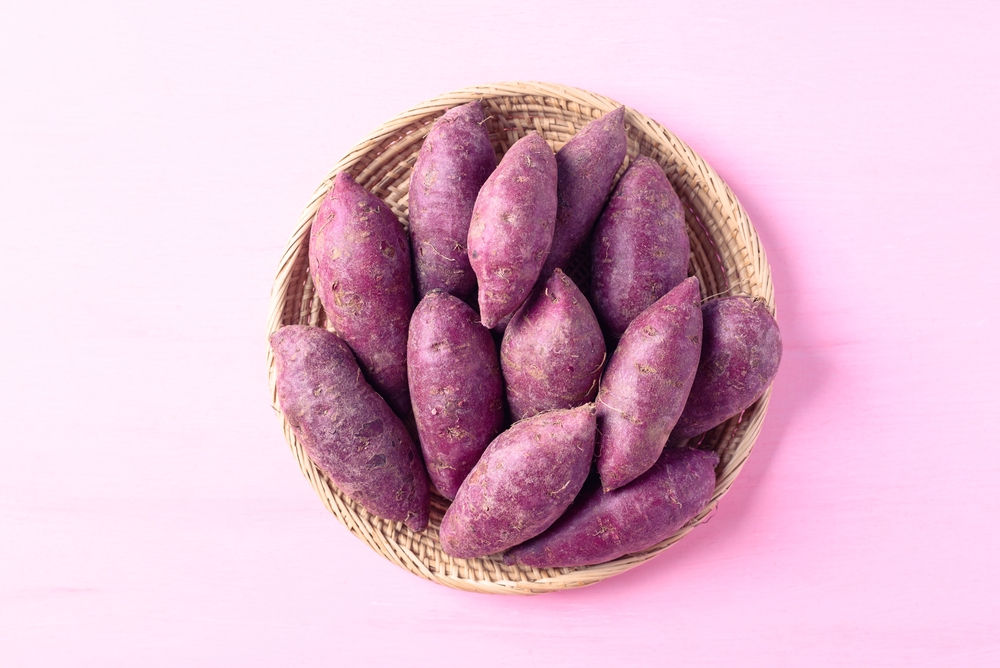
Purple potatoes are a very versatile ingredient. You can use them in just about any scenario where you would use a regular potato or sweet potato. Its flavor, however, is much milder than a sweet potato, and so tastes better with some seasonings.
You can boil, mash, roast, bake, or steam them. Again, it’s important to remember that how you prepare the potato can affect its nutritional value. Deep frying kills many of the potato’s nutrients and adds a significant amount of fat. If you’re eating potatoes for their nutritional benefits, you should avoid frying them. Additionally, if you have a condition like diabetes, you should moderate your consumption of starchy foods like potatoes to avoid spiking your blood sugar.
The Purple Potato: A Not-So-Hidden Gem
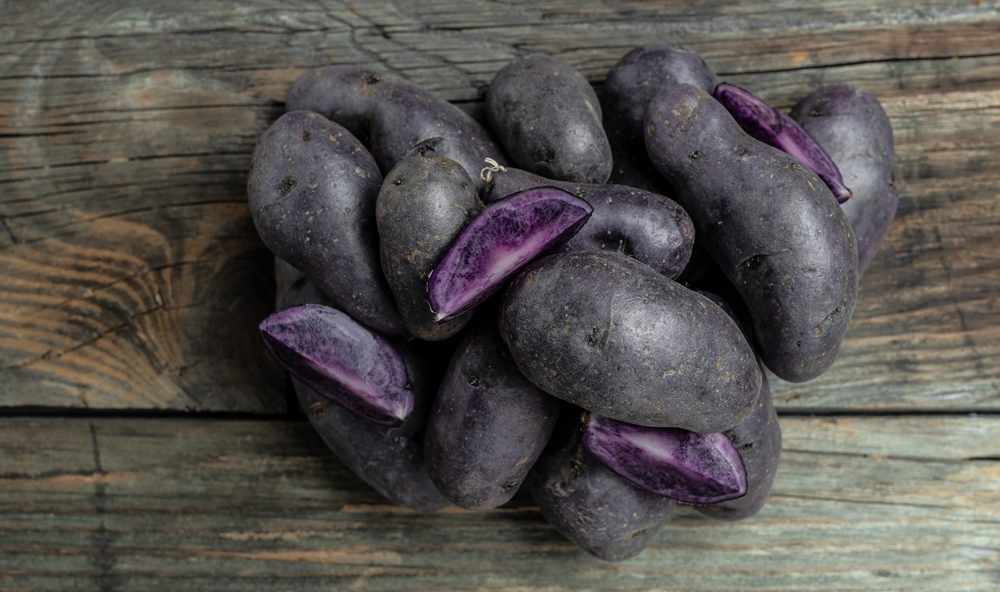
Purple potatoes add a lovely pop of color to any dish. They can liven up a weeknight meal and elevate a fancy dinner. They are inexpensive, easy to prepare, and delicious. Despite what some may say about the potato, they are a highly nutritious part of a healthy diet.
Read More: 7 Benefits of Fennel and Fennel Seeds
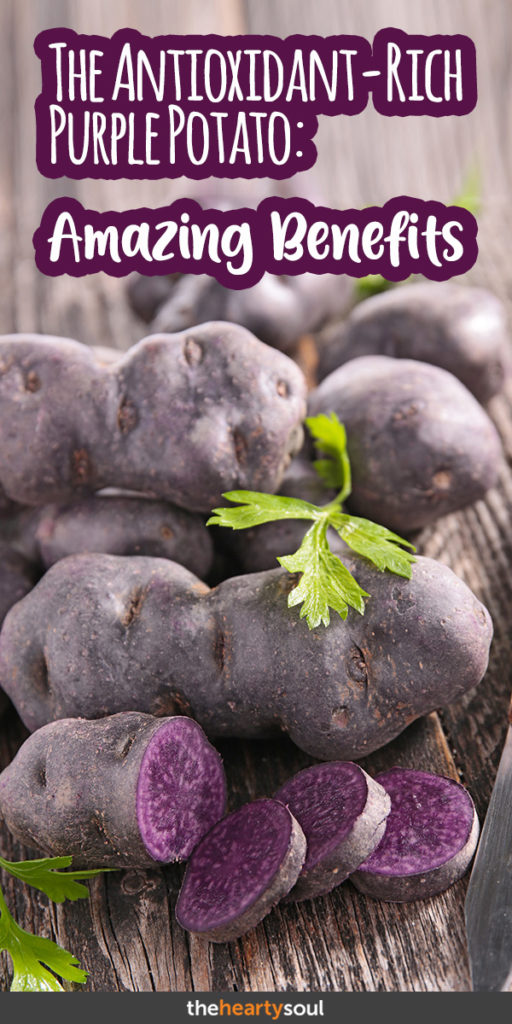
Sources
- https://fdc.nal.usda.gov/fdc-app.html#/food-details/170439/nutrients
- https://www.webmd.com/hypertension-high-blood-pressure/news/20110830/purple-potatoes-lower-blood-pressure
- https://pubmed.ncbi.nlm.nih.gov/27704645/
- https://www.ncbi.nlm.nih.gov/pmc/articles/PMC5613902/
- https://pubmed.ncbi.nlm.nih.gov/22224463/
- https://health.gov/our-work/food-nutrition/2015-2020-dietary-guidelines/guidelines/
- https://link.springer.com/article/10.1007/s12230-018-09705-4
